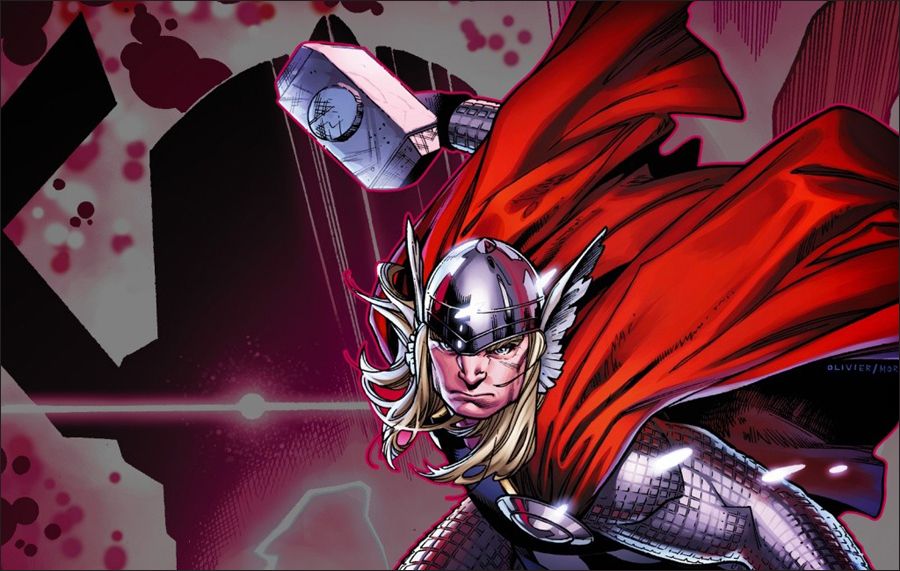When rock-star astrophysicist Neil deGrasse Tyson recently estimated the weight of Thor's hammer to be the equivalent of 300 billion elephants -- or 4.5 quadrillion pounds, if you prefer -- some fans questioned not his scientific credentials but rather his knowledge of comic-book lore.
Never mind the enchantment that allows an individual, "if he be worthy," to wield Mjolnir; there's a matter of the material from which the hammer was forged: "neutron-star matter," as Tyson contends, or the fabled Uru, as popular belief holds. Well, skeptics, you now have some high-caliber support in the form of Suveen Mathaudhu, a comics fan and, more importantly, a program manager in the materials science division of the U.S. Army Research Office.
“The critical mistake Tyson makes is thinking that Mjolnir was forged of the core of a dying star, when it was actually forged in the core of a dying star,” Mathaudhu, who's also an adjunct materials science professor at North Carolina State, tells the NC State Newsroom. “It’s well documented that the hammer is made out of ‘Uru,’ a fictional metal from Thor’s native realm of Asgard.”
Using the weight and dimensions listed on a Marvel trading card, Mathaudhu estimates the density of Mjolnir is 2.13 grams per cubic centimeter, leading him to theorize Uru might be a form of metallic hydrogen.
"It’s thought to be present at the core of planets, such as Jupiter," he said, "and at the core of suns – which are stars, after all.”
(via io9.com)

